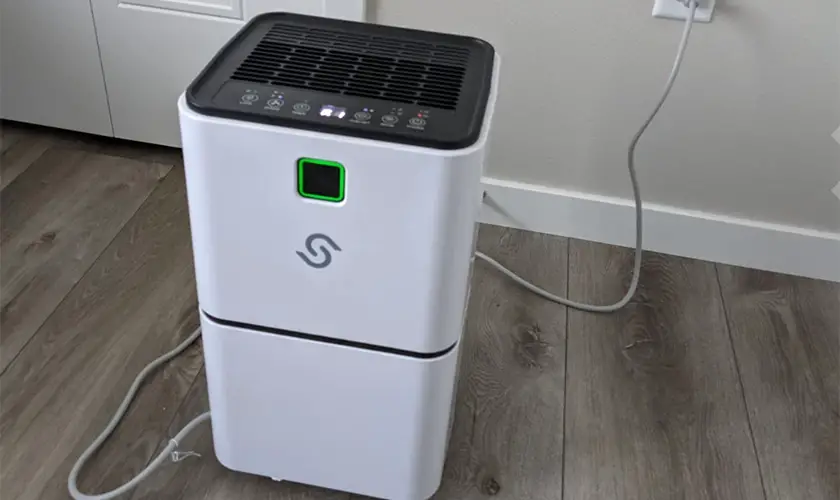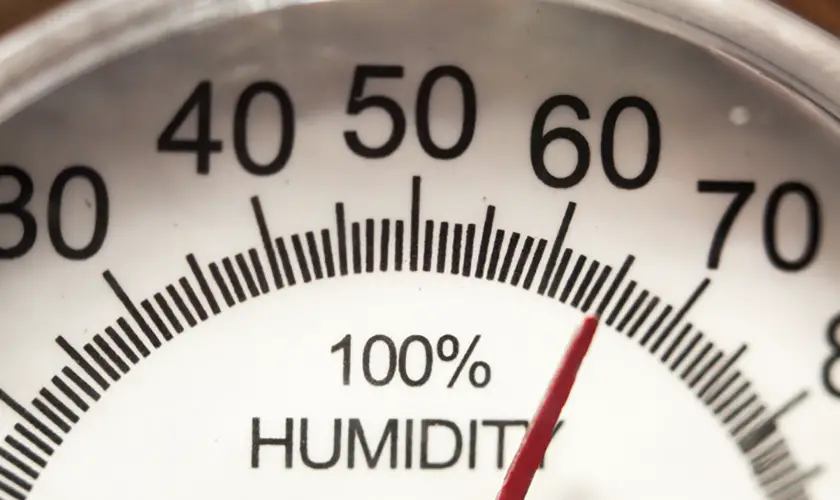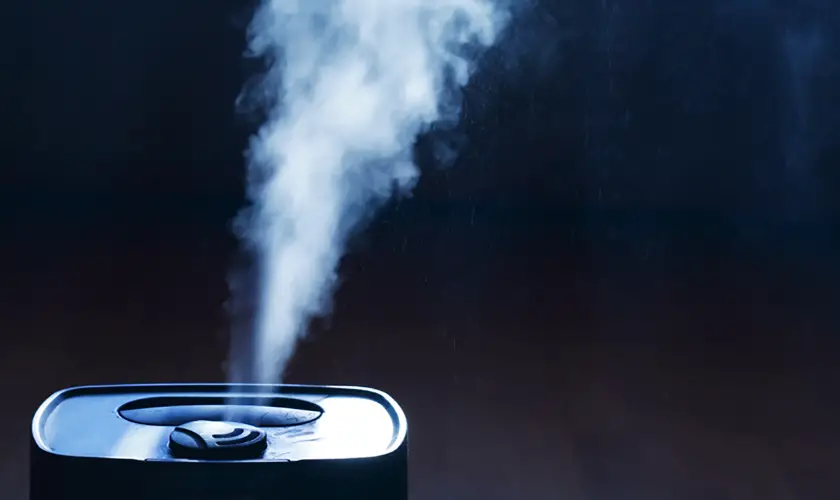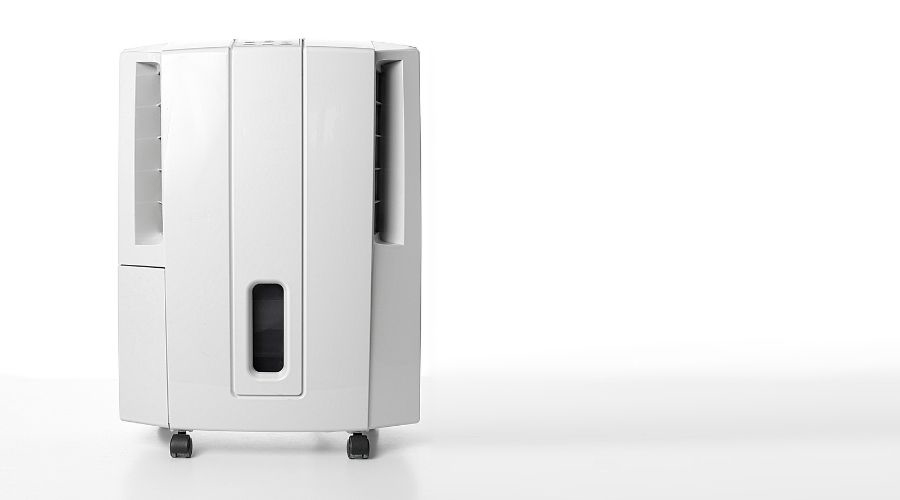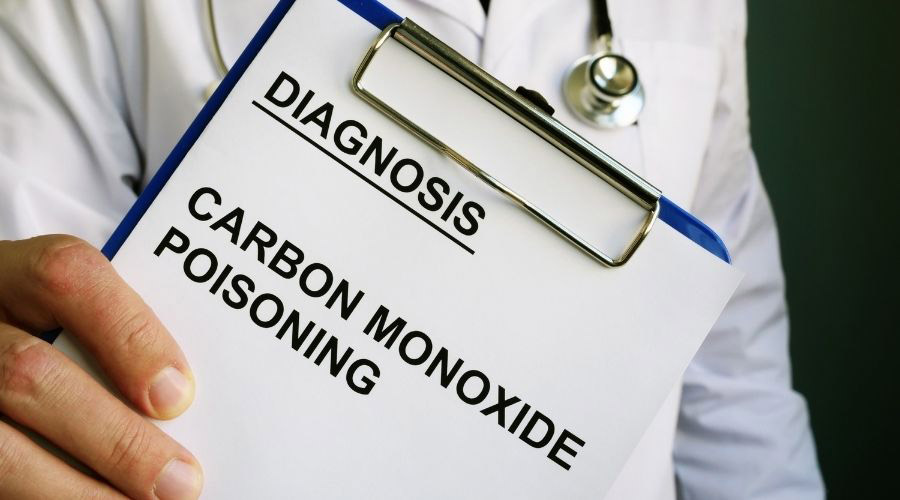
A dehumidifier pulls water out of the air through the process of condensation. This water is thus free of minerals and pathogens, but is that the same as being distilled?
Water from a dehumidifier is essentially the same as distilled water in that it derives from water vapor. However, household dehumidifiers are not sterile and likely will also contain dust and microbes from the air in the room. For this reason, you can use the water in limited cases where distilled water is called for but not for drinking.
Having a distilled water source like your dehumidifier is attractive if you live in an area with hard water. However, there are some things you need to know before using it that way to prevent issues later.
Is Water from a Dehumidifier Like Distilled Water?
To understand how the water produced by a dehumidifier is similar to distilled water, we first need to understand its properties.
Distilled water is free from minerals or pathogens because it comes from steam. The word distilled comes from the root word distillen, meaning “to let fall in drops,” and refers to the process of reclaiming liquid water from vapor.
In the commercial process, water boils to produce steam. This water is nearly pure, as only the molecules of H2O and some ions become a gas, leaving all the minerals, pathogens, and other impurities behind.
This hot steam goes through a condenser coil, where it cools and turns back into a liquid. The liquid slowly drips out of the loop and into a collection vessel or drip tray.
In a perfect system, this water would be almost pure H20. And, in sterile commercial units, you could drink this water or use it for any application requiring mineral-free water.
Your dehumidifier works similarly, but instead of using concentrated steam, it pulls water vapor from the ambient air. In theory, this water would also be pure and suitable for drinking.
There are proposals to use similar technology to solve water scarcity issues in arid places worldwide.
So, while in theory, your dehumidifier is creating a pure water source from thin air, there are a lot of impurities in this water.
Is Dehumidifier Water Deionized?
The water from a dehumidifier is not considered deionized water. Deionization is the process through which charged particles (ions) get removed from the water. Ions are any particles that have a charge.
Positively charged ions are anions, including metals like sodium (Na+) and Calcium (Ca+). On the other hand, ions with a negative charge, such as Chlorine (Cl-).
A water deionizer uses a series of charged filter mediums or resins to remove ions, much like a magnet. Deionized water is thus free of most minerals but can still contain organic compounds (proteins, enzymes, chemicals, etc.)
The water in a sterile dehumidifier operating in a clean room would be distilled without any minerals or organic compounds.
Is it Safe to Drink Water from a Dehumidifier?
Even though the water in your dehumidifier goes through a process similar to distillation, it is not clean water, and you should not consume it.
The problem with water from a dehumidifier is that it is not supposed to be sanitary. A fan blows air from your room or house through the condenser coil. A prime example is your fan. Once it runs for a while, you’ll notice the blades collect dust.
The dust is a breeding ground for bacteria, mold, and other pathogens, especially in humid conditions. And, if you are using a dehumidifier, you are in a humid environment ideal for mold growth.
The distilled water is also in contact with the condenser coil and the drip tray, neither sanitary.
Furthermore, distilled water is more likely to pick up contaminants such as metals, plastics, and other chemicals than tap water. Distilled water lacks the minerals that balance it and is thus “molecularly unstable.”
What are the Risks of Distilled Water From a Dehumidifier?
Distilled water being demineralized means that it is highly charged and will aggressively dissolve minerals from whatever it comes in contact with.
In the case of your dehumidifier, it will include the aluminum or alloys the condenser coil is made of and PCBs from the plastic drip tray.
Tap water is not distilled because it would aggressively eat away at the pipes in your home and expose you to metal contamination.
So, not only is the water in the drip tray contaminated with everything in the air in your home, including molds and mildew, but it also picks up extra contaminants after distilling out.
For these reasons, it is not safe to drink dehumidifier water, nor should you give it to pets.
Can I Use Water from my Dehumidifier for Anything?
Tap water contains many minerals, such as calcium and magnesium, which help balance and taste pleasant. Urban water may also contain trace amounts of chlorine or fluoride to kill any microbes safely.
While these minerals are good for our bodies when water evaporates, these minerals are left behind. Even if you don’t have hard water, you have probably seen these minerals build up in frequently wet places, like sink nozzles or showerheads.
So, distilled water is required in any appliances that boil water to prevent mineral build-up. Some typical applications include:
- Automotive batteries
- Humidifiers
- Irons
- CPAP machines
- Aquariums
While many websites might suggest using the water from the dehumidifier in applications that call for distilled, you want to be careful doing so.
While the effluent from your dehumidifier will be free of minerals, as we discussed earlier, the conditions where it is condensed are often far from clean. You will have to decide if it is clean enough for these applications based on how much dust or other impurities you can see in it.
Can I Use the Water from my Dehumidifier in my Car Battery?
Also called lead-acid batteries, automotive batteries consist of lead plates suspended in an electrolytic solution of distilled water and sulfuric acid. When used for long periods, the sulfur crystalizes on the plates, and the solution evaporates.
Adding distilled water will dissolve the sulfur crystals back into the solution and restore the battery’s power.
Because that does not need to be sanitary or free from microbes, you can try using dehumidifier water to fill a lead-acid battery. However, you want to ensure no dust or lint particles.
So, those advocating for this use recommend that you first filter the water through a coffee filter to remove any large particles.
Can I Use the Water from my Dehumidifier in my Humidifier?
While using dehumidifier water in a humidifier is listed on some websites, it is hard to imagine a situation where this would be practical. Some websites claim this as a use for dehumidifier water as distilled water to prevent the build-up of minerals.
However, we would caution against it, as the water from a dehumidifier is far from sterile and may contain much more mold and bacteria than most other water sources. Adding it to the humidifier reservoir can allow these microbes to breed, further contaminating your space.
Can I Use the Water from my Dehumidifier in my Iron?
One of the most common uses listed on the internet for dehumidifier water is ironing. Irons create steam, leaving minerals behind over time and either clog the iron spray nozzle or get onto clothing.
Instead of tap water, we recommend using distilled water for ironing. You can use dehumidifier water for this purpose, but, like for the batteries, you will want to strain it through a coffee filter first to remove any dust or lint it has collected.
Can I Use the Water from my Dehumidifier in my CPAP?
You should not use water collected from your dehumidifier for your CPAP machine. CPAP machines use distilled water to humidify the air it supplies for breathing.
Manufacturers recommend using distilled water in CPAP machines to prevent mineral build-up because it is sterile.
While the water from a dehumidifier is free of minerals, it is far from sterile. Water can collect pathogens like mold and bacteria from the condenser coil, and the drip reservoir is a breeding ground for all sorts of germs.
Using this water in your CPAP machine could cause serious illness. So do not use this water in your CPAP machine, even if you filter it first. If you run out of distilled water and are in a bind, use tap water for the night.
Can I Use the Water from my Dehumidifier in my Aquarium?
Some websites claim you can use dehumidifier water in your fish tank. However, it would be best to avoid this because you wouldn’t drink it or give it to your pets.
The microbes in dehumidifier water can cause illness or kill your fish and aquatic animals.
What Are Some Ways I Can Use Dehumidifier Water?
If you feel that dumping dehumidifier water down the drain is a waste, then there are plenty of ways around the home where you can utilize it. Just follow these guidelines:
- Never use dehumidifier water for any uses that require sterility (CPAP machines, humidifiers, drinking, pets, etc.)
- Never use dehumidifier water in any food-related applications or to clan food preparation areas.
- Always strain dehumidifier water to remove impurities before using it in batteries, vehicles, or other machines.
A few ideas for safe use include:
- Use the water for house plants and other non-edible plants in your lawn or garden.
- Mix the water with dish soap and use it to clean outdoor areas such as patios, decks, or sidewalks.
- Use the water to get a spot-free rinse on your car after washing it.
- Add the water to concrete, plaster, or other mixes for construction or crafts.
- Mix vinegar into the water to clean areas with mineral or lime build-up, such as showers and sinks.
The main issue with reusing the water from a dehumidifier is that it is not dirty because it is distilled. The condenser coils and the drip collection tray collect dust and are breeding grounds for microorganisms.
So, regardless of if or how you want to use the water, it is vital to keep the dehumidifier clean.
How Do I Maintain a Dehumidifier for Cleaner Water?
Effective cleaning will depend on your dehumidifier model, but you want to regularly clean the fan, condenser coil, and water reservoir.
Before cleaning, turn off and unplug your dehumidifier.
Next, access the fan, and use a wet rag to wipe down the blades and the protective screen covering it. Once dry, wipe the razors with a fabric softening dryer sheet to help repel dust and reduce future build-up.
If you can access the coil, use a paper towel with some water and dish soap to wipe it clean of any dust or debris. If it appears oily, use a dry paper towel to absorb and wipe away the oil and grime.
The easiest way to clean the drip water reservoir is to put it into your dishwasher. You can also clean it with dish soap and water if it does not fit. To remove and build up, you can use vinegar to help kill bacteria or mold and break up grim.
It is often easiest to dump out the water from your dehumidifier down the drain, but all the better if you can find ways to use it.
Final Thoughts
Water from a dehumidifier has the same process as how distilled water gets made. Although dehumidifier water is still not considered safe to consume even if it follows the same procedure because of its low mineral content. Distilled water is still a better option.
Hopefully, this article has helped you understand how to use it most effectively and safely around your home.


